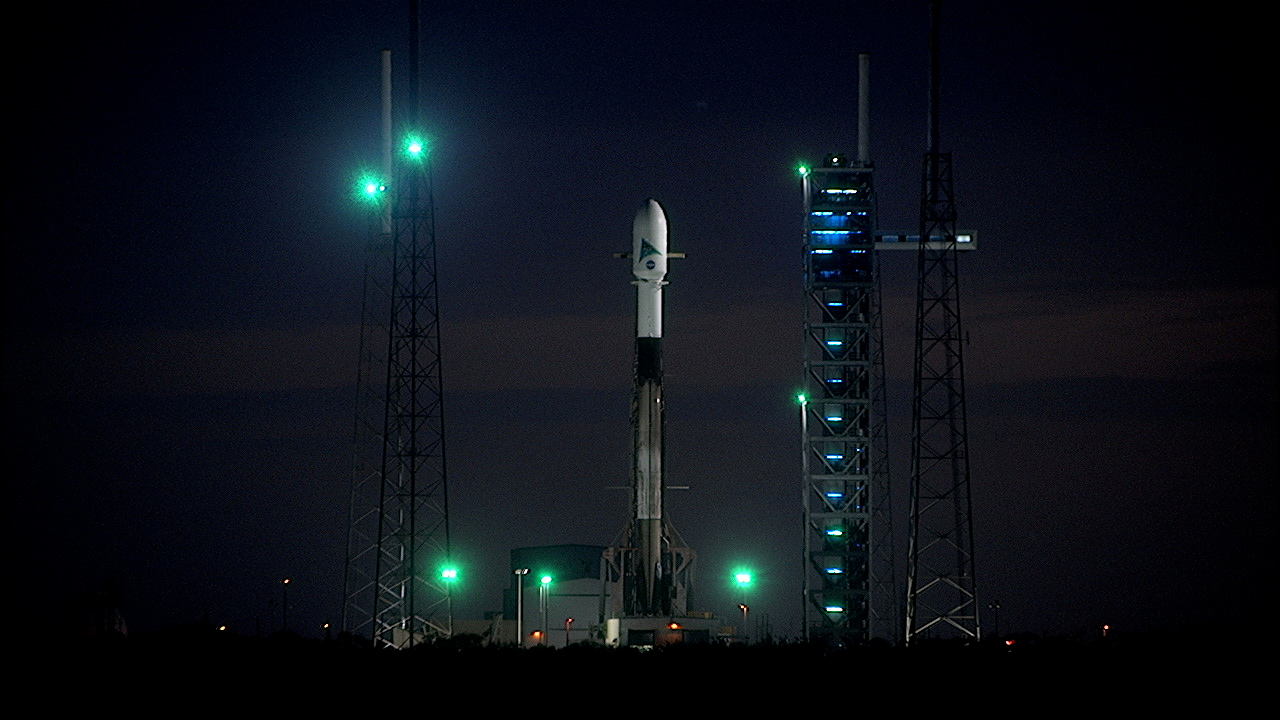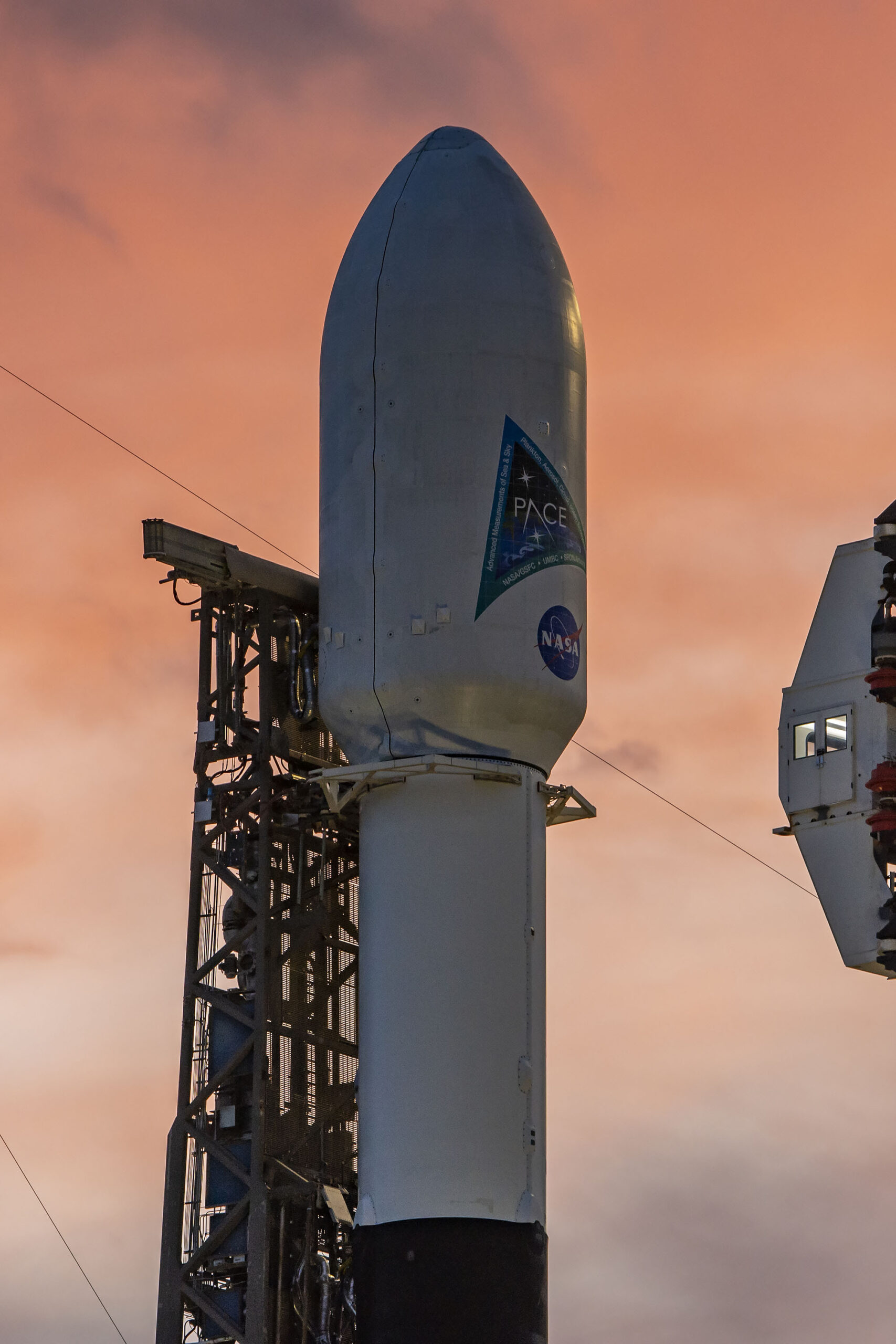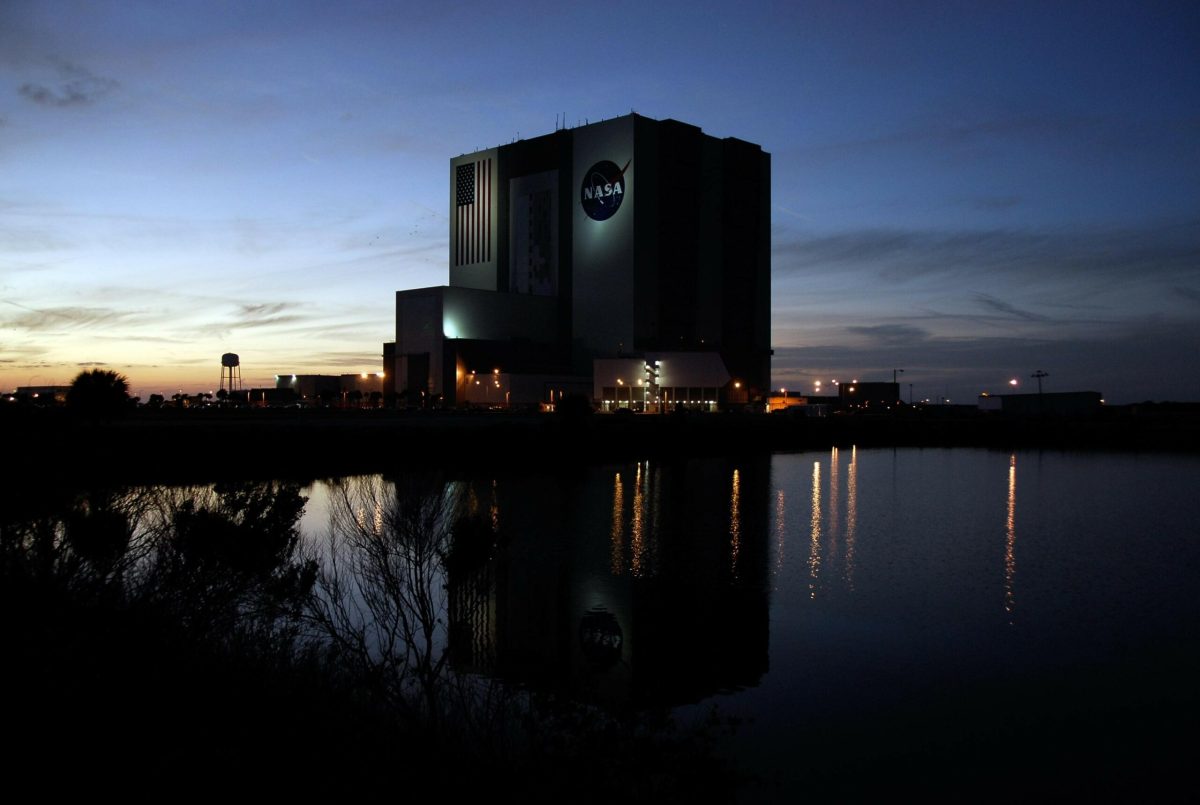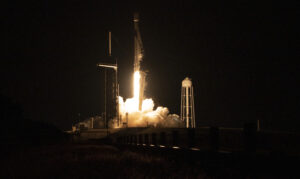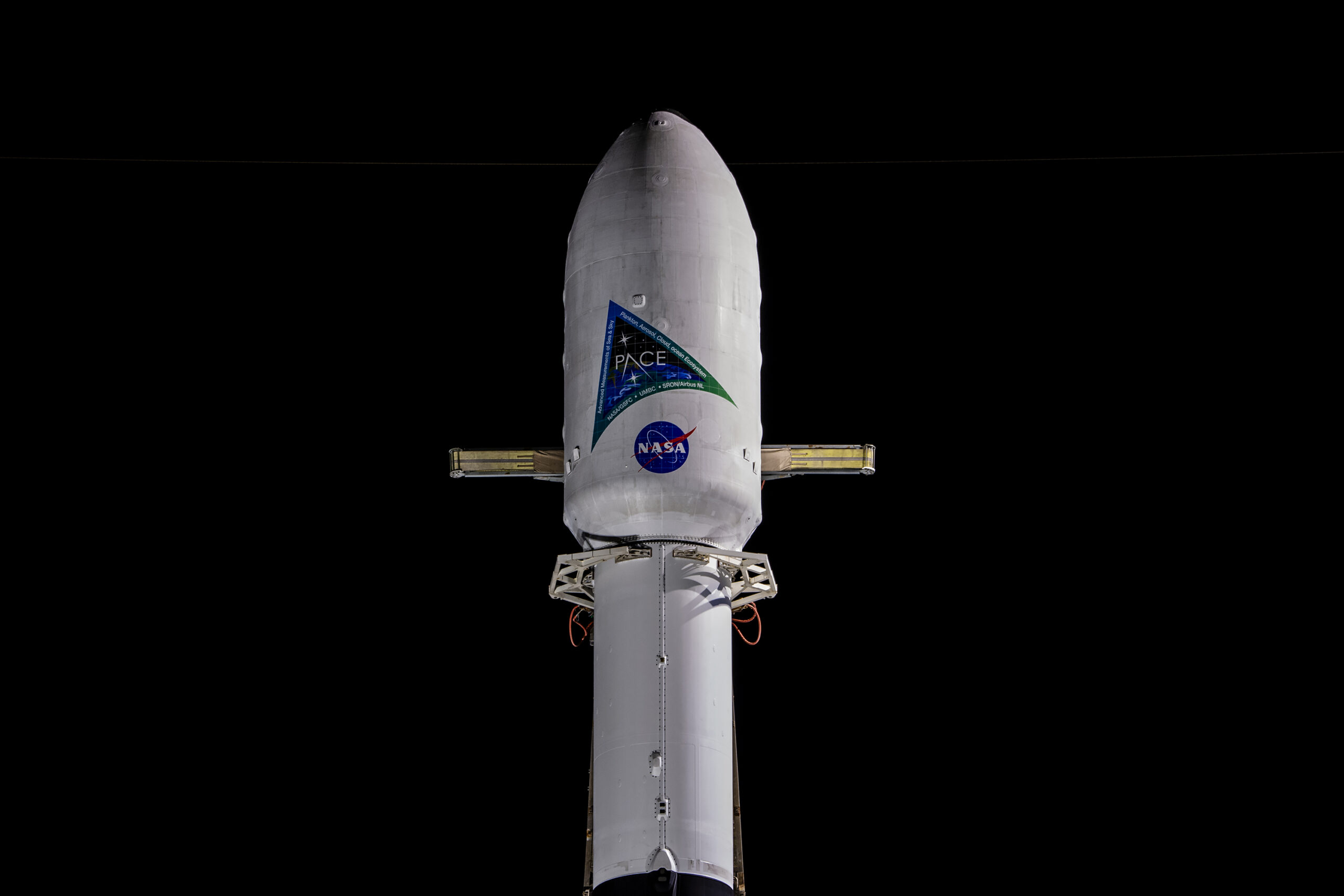
NASA’s newest Earth-observing satellite called PACE (Plankton, Aerosol, Cloud, ocean Ecosystem) is dedicated to climate science and helping researchers learn more about the relationship between the atmosphere and ocean.
Satellite observation technology to study Earth’s atmosphere and oceans has been used for decades, but with a spectrometer and two polarimeters onboard, PACE will provide a major leap forward by providing new data on clouds, aerosols, and phytoplankton in our oceans.
PACE will enable new views of clouds and aerosols within the atmosphere, and microscopic phytoplankton in the ocean that can help to reveal more about climate change’s impact on marine life and ocean health.
Changes in phytoplankton populations can appear as different colors on the ocean surface and with PACE, these color variations will be more discernible. Phytoplankton also interact with microscopic airborne particles called aerosols. Clouds form in the atmosphere when water vapor condenses on these particles. Aerosols can sometimes be the result of wildfires and pollution. Often, the particles end up deposited on the ocean surface which can encourage phytoplankton blooms.
Scientists will use data from PACE’s instruments to measure size, composition, and amount of aerosols present within the atmosphere. This information will help scientists better understand how clouds and aerosols interact and what that impact is on ocean health. Together, these puzzle pieces can reveal larger insights about climate change.
The SpaceX Falcon 9 rocket will follow a path along a southern polar trajectory and insert PACE into a sun-synchronous orbit. Liftoff is scheduled for 1:33 a.m. EST.
NASA’s Goddard Space Flight Center is responsible for the mission including the design and fabrication of the spacecraft and the development of its instruments. The agency’s Launch Services Program (LSP) based at NASA’s Kennedy Space Center in Florida manages the launch service for the mission.
PACE is LSP’s first launch to polar orbit from Florida’s Space Coast, and it’s the first for NASA since 1960. Other launches to polar orbit have been from Vandenberg Space Force Base in California. SpaceX has launched to a polar orbit from Florida for other customers.
To learn more about PACE, visit:
https://science.nasa.gov/mission/pace
Stay right here for continued blog coverage, or tune in to the launch broadcast on NASA Television, NASA+, the NASA app, and the agency’s website, as well as YouTube, X, Facebook, Twitch, and Daily Motion.

